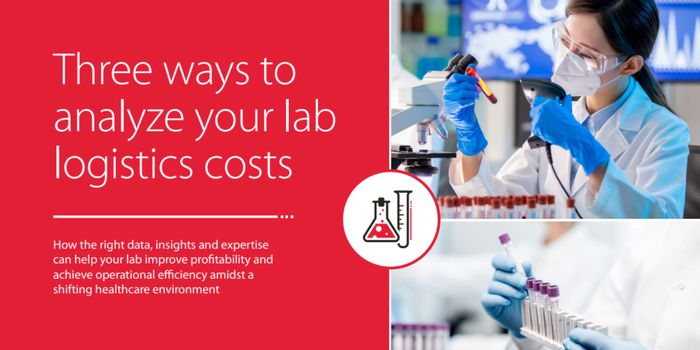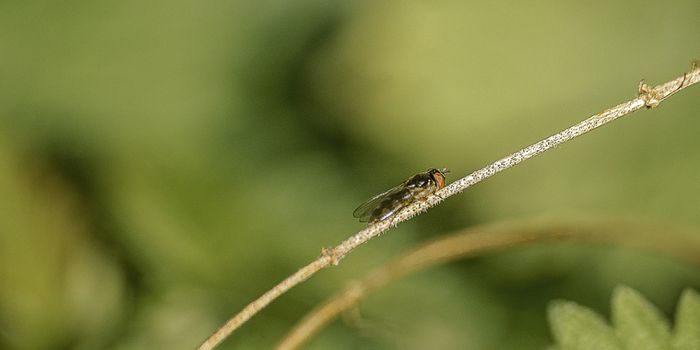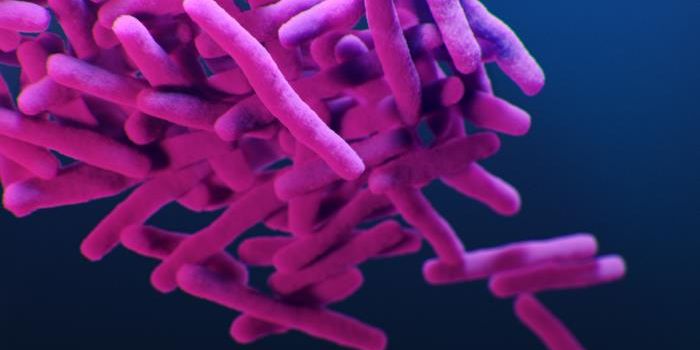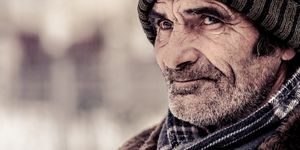An Imaging Tool That Could Speed the Diagnosis of Rare Diseases
There are an estimated 7,000 rare diseases, which are defined as disorders that affect no more than 1 in 1,500 individuals in the United States (or 1 in 2,000 in Europe). About 80 percent of rare diseases are thought to have a genetic origin. Some of these patients spend years undergoing medical tests and examinations, which can have a dramatic impact on quality of life for these children and their families, and they may still never get a diagnosis. Researchers have now developed a tool that uses three-dimensional facial imaging that might one day be used to aid in the diagnosis of rare genetic diseases. The work has been reported in Genetics in Medicine.
"Families tell us having a diagnosis for their child's rare disease is life-changing," said Benedikt Hallgrímsson, Ph.D., professor and head of the Department of Cell Biology & Anatomy and scientific director at the Alberta Children's Hospital Research Institute in the Cumming School of Medicine at the University of Calgary. "A diagnosis is essential to children getting the right treatments and connecting with other children and families with the same syndrome."
Genetic mutations that cause problems in human development often affect different parts of the body, and many result in distinctive facial characteristics. In this study, the researchers created a library containing 3D facial images from 3,327 study participants, which included people of different ages and ethnicities with 396 different genetic disorders. The library also includes 3D facial images from 727 relatives of the participants who are not affected. The database is hosted by an international consortium called FaceBase (described in the video).
Once the library was created, the scientists developed a machine-learning algorithm that was trained to identify the majority of the syndromes represented in the library. It was ultimately able to classify 96 percent of study participants as unaffected or affected and could create an accurate, prioritized list of potential diagnoses.
This research may also help clinical geneticists and patients to get a diagnosis without requiring lengthy training on many rare diseases, or extensive travel to a unique clinic.
"Clinical genetics is labor-intensive," noted Ophir Klein, MD, Ph.D., the Larry L. Hillblom Distinguished Professor in Craniofacial Anomalies and the Charles J. Epstein Professor of Human Genetics at UCSF, where he is chief of the Division of Medical Genetics. "Some clinics have a two-year waiting list to get in. Using 3D imaging could dramatically enhance clinicians' ability to diagnose children more quickly and inexpensively."
This study shows that genetic diseases could be diagnosed more readily with imaging and computational tools, but more work will be needed before it's ready for use in the clinic. The technology also still requires expensive cameras, but that may change as smartphone cameras continue to get better.
"We have designed a prototype with significant potential to become a clinical tool around the world," said Richard Spritz, M.D., professor of Pediatrics and director of the Human Medical Genetics and Genomics Program at the University of Colorado School of Medicine. "Our hope is that one day soon, our patients can securely take a photo of their face with a smartphone and send it to their doctor for analysis in a confidential database."
"In low-income countries where genetic testing and medical geneticists aren't available, this could become a transformational new tool," added Hallgrímsson,
Sources: AAAS/Eurekalert! via University of California, San Francisco, Genetics in Medicine









